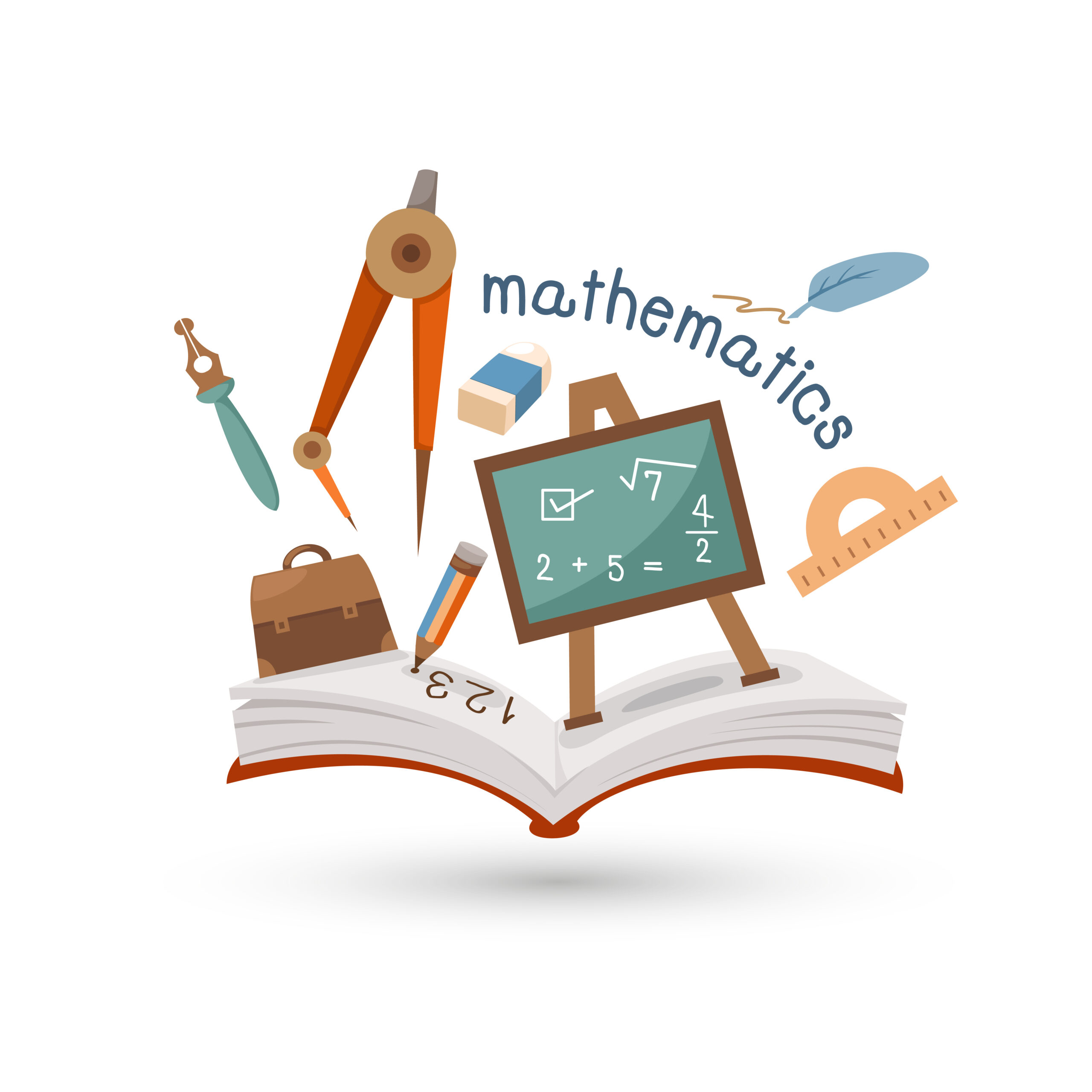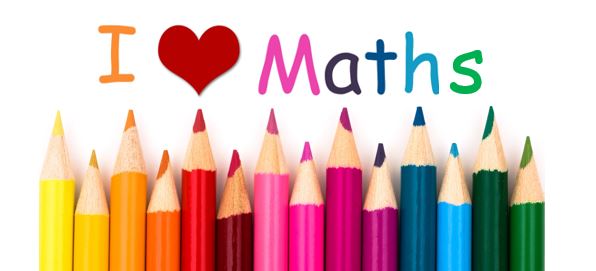World Maths Day is a fabulous way to celebrate the world of maths but there’ll be some for whom maths isn’t their favourite subject and a maths day may be their idea of torture.
Planning World Maths Day to not just be a day of maths will help allay their fears and work to bring them into the fold of those who love the subject.
These activities give you ways to address issues in maths, hopefully meaning that by the end of World Maths Day, you’ll have reached many more pupils with the premise that maths can be fun.
Activity One: Stepped Challenges
Suitable for: Rec to Year 6
Learning Focus:
- To be able to apply their maths knowledge to problem solving
- To gain confidence in using their maths knowledge and skills in different situations
I like doing this activity as a treasure hunt with questions posed at different locations around the schools. Try to make the questions relevant to the location so you could use a selection as follows:
By a window
Low level – How many panes of glass are there in the window?
Mid-level – Can you think of a quick way of counting them?
High level – Can you work out the area of the glass used in the window
Extension – If glass costs £5 euros per m2 how much will it cost to glaze the window?
By a tree
Low level – How far away from the school building is it?
Mid-level – Estimate how tall it is
High level – What is the circumference of the trunk?
Extension – Can you calculate the height of the tree using ratio and proportion?
In the dinner hall
Low level – How many minutes does it take to eat my lunch?
Mid-level – Can you calculate how many carrots, potatoes etc are used each day?
High level – Can you calculate how many calories are in each meal?
Extension – What is the maximum number of children who can have lunch at the same time?
To take away the fear of maths and ‘getting it wrong’ ask the pupils to select the question they know they can get right and then choose one they think they can get right. Give points for correct answers and award a certificate, a little like sports day, at the end of the day.
As an alternative for those who are confident at maths, set up challenges between pupils during the day – good ones include times table races, mentally extracting numbers in a sequence, doing longer multiplication in their heads etc. The challenges could take place at any time as long as they are adjudicated. Each participant will need a tally card to record their wins through the day.
Activity Two: Amazing Maths Assembly
Suitable for: Year 2 to Year 6
Learning Focus:
- To understand that there can be many approaches to solving problems in maths
- To understand and use an alternative method for solving a maths problem
You can get maths roadshows in to do this but it can easily be done in house. Simply ask each teacher to demonstrate one amazing way of doing maths in assembly. With on average ten teachers taking part, the pupils will see plenty to amaze them from the world of maths. If you’re stuck for ideas, look up the Chinese Grid Method for long multiplication, the offset method for multiplying by eleven and the use of doubling and tripling to do times tables from facts you know. Those wary of maths should find at least one appealing approach to maths and have a lot of fun with it too!
Activity Three: Teaching to Learn
Suitable for: Rec to Year 6
Learning Focus:
- Be able to explain a process clearly to others
- To develop understanding through explaining a process to others
It’s often said that the best way to learn is to teach and sometimes having a process taught by someone else can either be more effective or help deepen understanding.
In this activity, ask the pupils which areas of maths they’d be confident teaching or explaining to others and partner them up with pupils in your class who are maybe unsure of those processes or pair up with a younger class.
As a teacher, you should sit with the pairs, listening to how they explain processes. If you find the idea works well in your class and school, you could have permanent ‘Maths buddies’ who will be there to help strugglers.
If you want to formalise the process, ask the pupils to write down their explanation or to do a PowerPoint presentation on it so that others can refer to it later.
Activity Four: I Want to Be Able To…
Suitable for: Rec to Year 6
Learning Focus:
- Be able to identify areas of weakness and seek help
- To reason about their own mathematical ability
Linked in with the previous activity, World Maths Day is also a great opportunity for pupils to tell you what they want to find out about in maths. This can take two forms:
- Pupils wanting clarification of some learning where they are unsure
- Pupils having seen some maths outside of the curriculum and wanting to know more about it
Dealing with the first can be done by the maths buddies unless it’s a difficulty common to many children in the class. If this is the case, try to think of fun ways to teach it; fractions with smarties, chocolate bars or pizza, geometry through art, adding and subtracting through games etc.
Dealing with the second is best done by selecting some of the ideas the pupils have asked about and, again, thinking of a fun way to teach them. Begin by explaining where these maths topics are useful and perhaps say in which year of maths they might encounter them. I’ve had algebra mentioned by year 2 classes, probability by year 3 and square roots by year 5. On many occasions it’s been because they’ve seen older siblings doing this maths or have seen the symbols on a calculator.
Algebra is best explained using an invisible number – represented by ‘n’. Make the questions into a story such as…
‘My invisible number came into school and added itself to the number 5 and suddenly my answer was 11 – what was the invisible number?’
Playing games is a great way of explaining probability. Using a pack of playing cards, the children will know that there are 13 cards in each suit. List them on the board for those who are unsure. Now take a card and play ‘higher or lower’ talking about what the chances are of the next card being lower than say a three, or higher ( 2 in 13 or, 10 in 13), so which should they say, higher or lower?
Square roots are difficult for there isn’t a ‘sum’ they can write down to get an answer. The easiest way is to say that a square root is a number that has been multiplied by itself to make the number in the square root sign. So…
√64 gives 8 because 8 x 8 is 64





